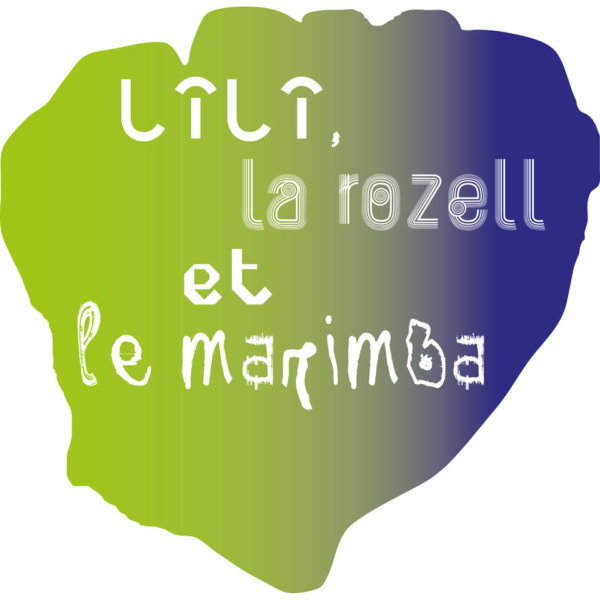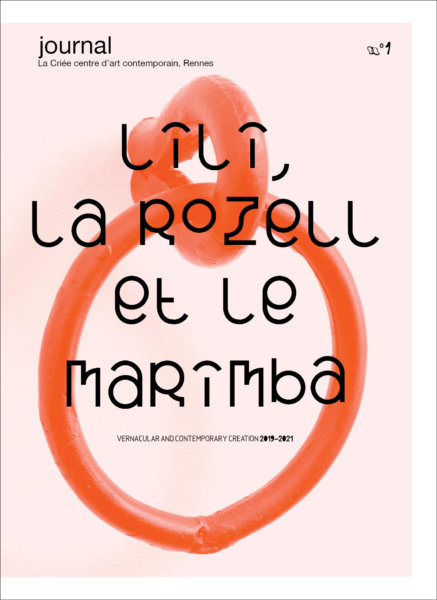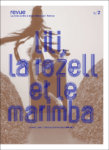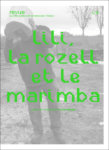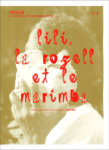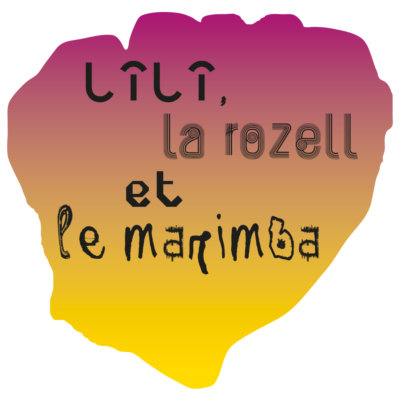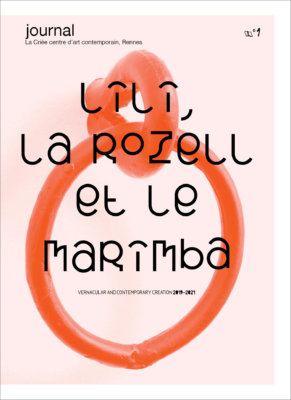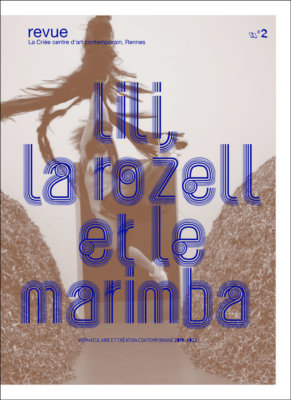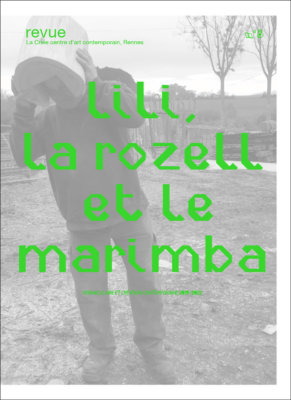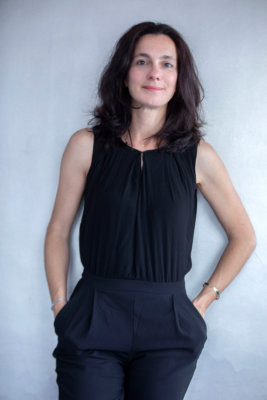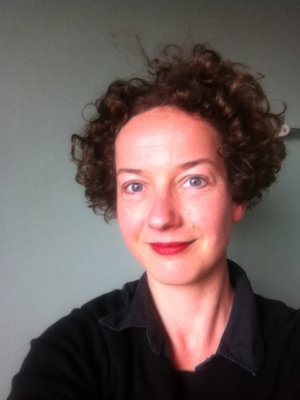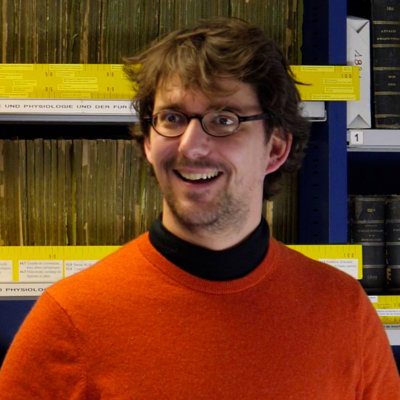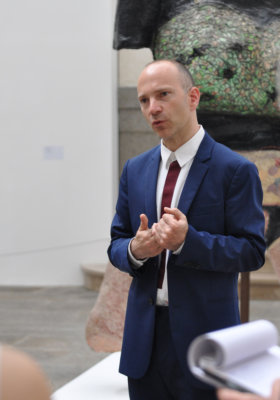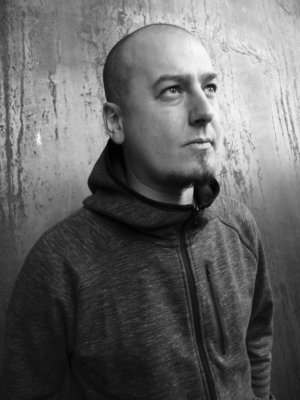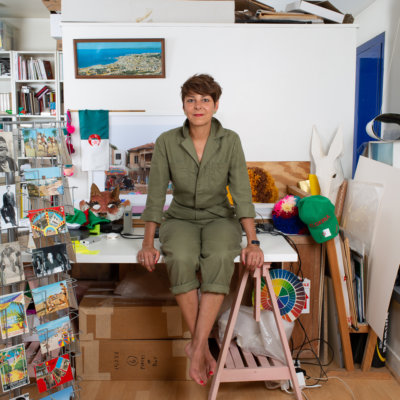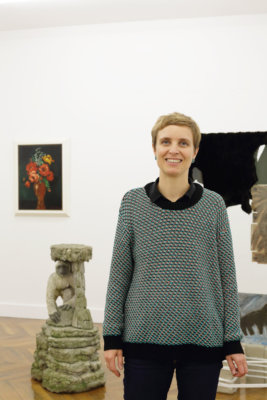Journal
Lili, the Rozell and the Marimba
Lotte Arndt, Jean-Roch Bouiller, Baptiste Brun, John Cornu, Katia Kameli, Sophie Kaplan, Émilie Renard
2019-2021
In its exploration of the relations between artistic productions, local knowledge and present-day creativity, the thematic cycle Lili, the Rozell and the Marimba, devoted to the contemporary and the vernacular, is accompanied by a journal. The aim being a more in-depth and broader look at the issues raised by guest artists in the course of the exhibitions and residencies punctuating the series.
With a view to drawing up the journal’s content, an editorial board made up of Lotte Arndt, Jean‑Roch Bouiller, Baptiste Brun, John Cornu, Katia Kameli, Sophie Kaplan and Émilie Renard will meet regularly throughout the series. Whether artists, researchers or curators, board members share an attentiveness both to others and other frames of reference, at the same time as they differ in their fields of activity and (sometimes widely) in their points of view.
The journal will appear biannually and include contributions from artists and thinkers, as well as researchers from various backgrounds and disciplines, including art historians, philosophers, writers and ethnologists.
Via case studies, theoretical texts and contributions from artists the journal will enable an approach to the following questions:
- – What forms does the wealth of reciprocal inputs and influences between “contemporary” and “traditional” arts – doing and making, craft, folk and popular art, outsider art, naive art, modernity and tradition, local and global – take in the art of today?
- – What (new?) ways of working are artists coming up with in “local” contexts?
- – How are artists contributing to a rethinking of the connections between popular and scholarly, local and global, indigenous and foreign?
- – How do personal narratives function as vehicles for history? Do we have the right to speak about a history that is not our own? What is our initial context? How are we to express ourselves?
Published by an art centre, a locus for artistic production and research, the journal will also offer an insight into the similarities between specialist and artistic modes of enquiry and the different registers used for expressing their findings.


